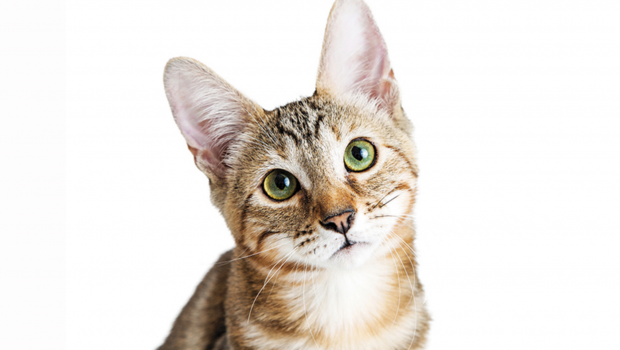Unfettered Felines Pose Toxic Hazard to Wildlife
A study by the University of British Columbia published in the journal Proceedings of the Royal Society B discovered that free-roaming cats are likely infecting other animals with Toxoplasma gondii, the parasite responsible for toxoplasmosis, a disease linked to nervous system disorders, respiratory and heart disease, and other chronic illnesses that can be passed to both humans and wildlife. Conservationists have long emphasized the interconnectedness of human and wildlife health. Forestry adjunct professor Amy Wilson says, “It is important to understand the risk factors for this infection, because toxoplasmosis can have severe impacts on susceptible individuals, but even in healthy individuals, hosts are infected for life.”
Researchers analyzed more than 45,000 cases of toxoplasmosis in wild animals using data gathered from 202 studies that included 238 different species in 981 locations around the world. Only wild and domestic cats (felids) can spread the infectious form of toxoplasma into the environment through eggs, called oocysts, in their feces. “By simply limiting free roaming of cats, we can reduce the impact of toxoplasma on wildlife,” reports Wilson. “Domestic cats outnumber wild felids by several orders of magnitude, so when you consider their population size and that they can shed millions of long-lived oocysts intermittently throughout their life, the potential for environmental contamination is considerable.”




























